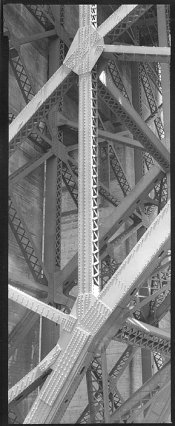DF
Member
- Joined
- Nov 10, 2012
- Messages
- 583
....and why I cant get my photos to be the same? I want more mid-tones, so I pulled my FP4's but with minimal differences.
Was movie film so different or was it the lighting ?
I sit and watch these gems from the 40's/50's and marvel how good stills could appear...
Was movie film so different or was it the lighting ?
I sit and watch these gems from the 40's/50's and marvel how good stills could appear...








